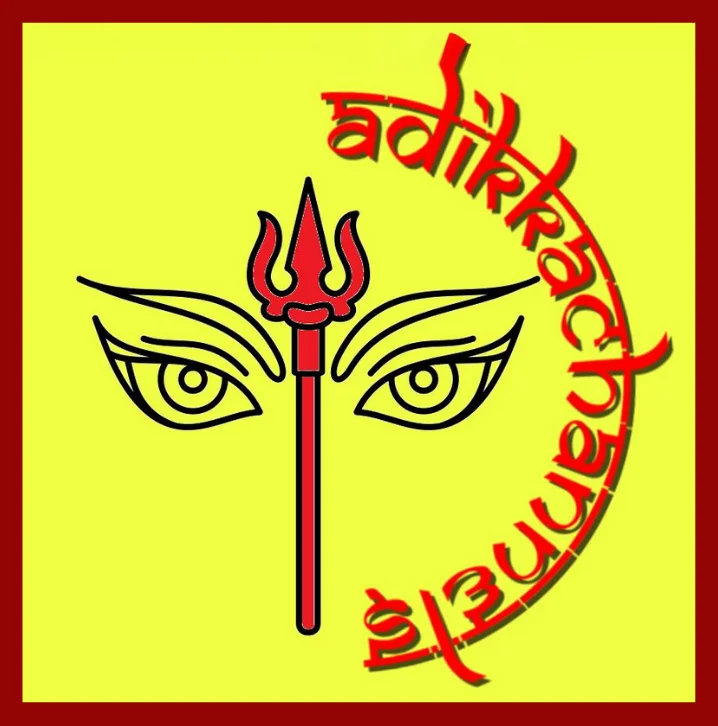Introduction:
Mahadev or Lord Shiva is one of the most revered deities in Hinduism. He is known as the destroyer of evil and is worshiped across India and other parts of the world. In this article, we will explore the history, significance, and symbolism of Lord Shiva.
History of Mahadev or Lord Shiva
The origins of Lord Shiva can be traced back to the ancient Vedic texts, which describe him as one of the three primary deities, along with Brahma and Vishnu. According to legend, Lord Shiva was born as the son of Brahma and was later recognized as the supreme deity by the other gods.
Over time, Lord Shiva came to be associated with various aspects of Hinduism, such as meditation, yoga, and asceticism. He is often depicted as a renunciate, wearing animal skins and a necklace of skulls, and meditating in remote forests or caves.

Significance of Mahadev or Lord Shiva
Mahadev or Lord Shiva is worshiped for various reasons, depending on the region and the tradition. In some parts of India, he is seen as a benevolent god who protects his devotees from harm and grants their wishes. In other parts, he is regarded as a fierce deity who can destroy evil and bring about transformation.
One of the most important aspects of Lord Shiva’s symbolism is his connection to the cycle of life and death. He is often associated with the process of destruction, which is necessary for new creation to take place. In this way, Lord Shiva represents the eternal cycle of birth, death, and rebirth.
Symbolism of Mahadev or Lord Shiva
Lord Shiva is often depicted with various symbols and motifs that represent his many attributes. One of the most common symbols associated with him is the trishul, or trident, which he holds in one of his hands. This represents his ability to destroy evil and restore balance.
Another important symbol of Lord Shiva is the crescent moon that he wears on his forehead. This represents the cycles of time and the waxing and waning of the moon, which is associated with his transformative power.
Lord Shiva is also often depicted with a snake around his neck, which symbolizes his ability to control the primal forces of nature. The snake is also associated with Kundalini energy, which is said to lie dormant at the base of the spine and can be awakened through yoga and meditation.
Conclusion
Mahadev or Lord Shiva is a complex and multifaceted deity who has played an important role in the development of Hinduism. His history, significance, and symbolism reflect the many different aspects of the religion, including meditation, yoga, asceticism, and the cycle of life and death. By understanding Lord Shiva’s mythology and symbolism, we can gain a deeper appreciation for this important Hindu god and his enduring legacy.














































 RSS - Posts
RSS - Posts